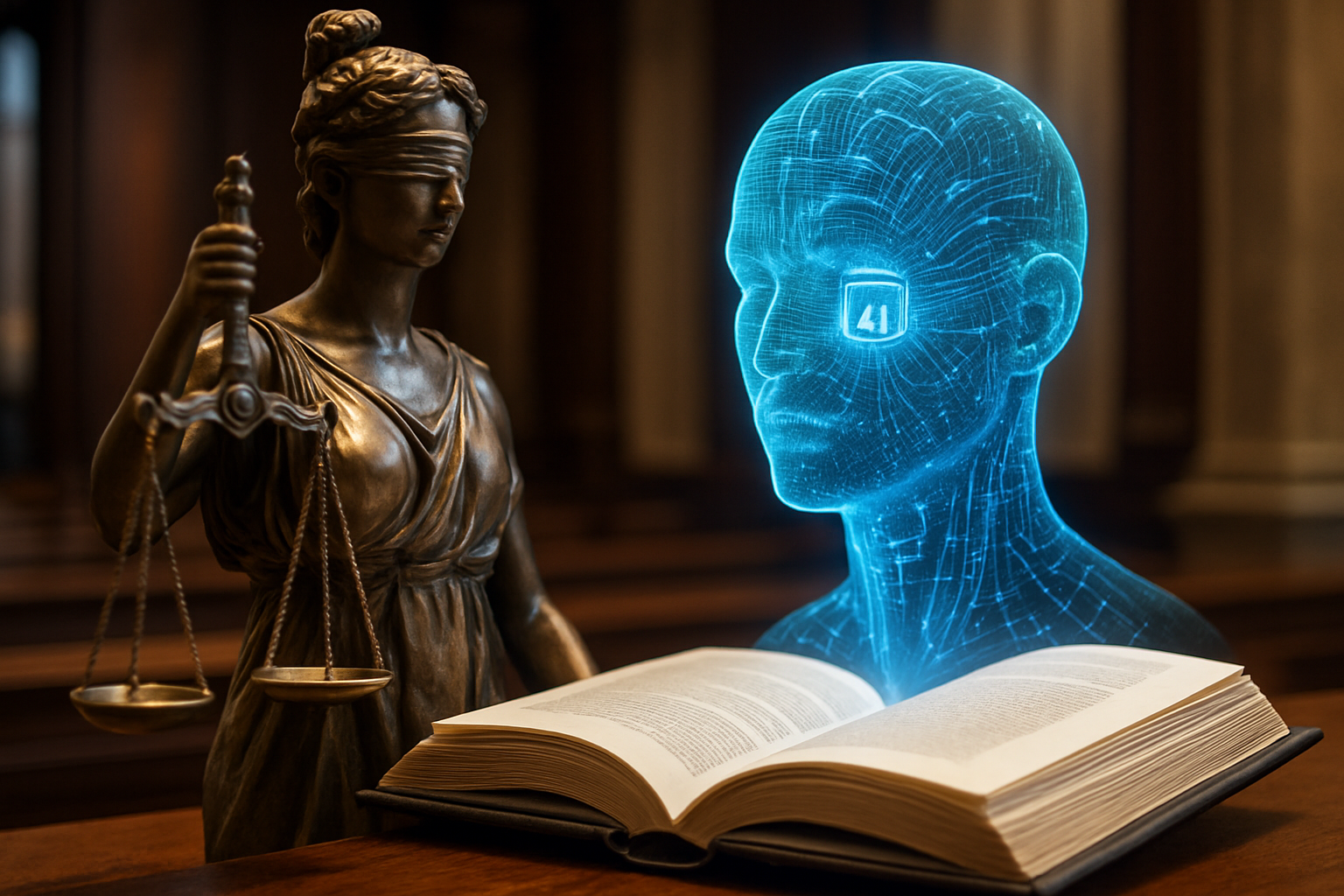The Legal Odyssey of Artificial Intelligence Regulation
Introduction: In the rapidly evolving landscape of technology, artificial intelligence (AI) has emerged as a transformative force, reshaping industries and challenging traditional legal frameworks. As AI systems become increasingly sophisticated and ubiquitous, lawmakers and legal experts grapple with the complex task of regulating this powerful technology. This article delves into the intricate world of AI regulation, exploring the legal challenges, current initiatives, and potential future directions in this dynamic field.

Defining AI in Legal Terms: A Herculean Task
One of the fundamental challenges in AI regulation lies in the very definition of artificial intelligence itself. The diverse and ever-evolving nature of AI technologies makes it difficult to establish a universally accepted legal definition. Lawmakers must grapple with questions such as: At what point does a system become intelligent enough to be classified as AI? How do we differentiate between narrow AI and general AI in legal terms? These definitional challenges have far-reaching implications for the scope and application of AI regulations.
Navigating the Maze of AI Ethics and Bias
As AI systems become more prevalent in decision-making processes, concerns about ethical considerations and potential biases have come to the forefront of legal discussions. Regulators face the daunting task of crafting laws that ensure AI systems are fair, transparent, and free from discriminatory biases. This involves addressing complex issues such as algorithmic transparency, data privacy, and the right to explanation for AI-driven decisions.
The Global Tapestry of AI Regulation
The international nature of AI development and deployment adds another layer of complexity to the regulatory landscape. Different countries and regions have adopted varying approaches to AI regulation, ranging from comprehensive frameworks to sector-specific guidelines. This patchwork of regulations creates challenges for multinational companies and raises questions about jurisdictional authority and cross-border enforcement of AI laws.
The European Union’s AI Act: A Pioneering Regulatory Framework
In the global race to regulate AI, the European Union has emerged as a frontrunner with its proposed AI Act. This ambitious legislative initiative aims to create a comprehensive framework for AI regulation across EU member states. The Act introduces a risk-based approach, categorizing AI systems based on their potential impact and imposing varying levels of regulatory requirements. While still in the legislative process, the EU AI Act has already sparked global discussions and may serve as a blueprint for other jurisdictions.
Balancing Innovation and Regulation: The Tightrope Walk
One of the most significant challenges in AI regulation is striking the right balance between fostering innovation and ensuring adequate safeguards. Overly restrictive regulations risk stifling technological progress and putting countries at a competitive disadvantage. Conversely, a lack of regulation may lead to unchecked development of potentially harmful AI systems. Policymakers must navigate this delicate balance, crafting flexible yet robust regulatory frameworks that can adapt to the rapid pace of AI advancement.
The Role of Soft Law in AI Governance
In the absence of comprehensive hard law regulations, soft law instruments have played a crucial role in shaping AI governance. Industry standards, voluntary guidelines, and ethical frameworks have emerged as important tools for promoting responsible AI development and deployment. These soft law approaches offer flexibility and adaptability, allowing for quicker responses to emerging challenges in the fast-paced world of AI innovation.
AI and Intellectual Property: Uncharted Legal Territory
The intersection of AI and intellectual property law presents novel challenges for regulators and legal professionals. Questions abound regarding the ownership and protection of AI-generated works, the patentability of AI inventions, and the potential infringement of existing IP rights by AI systems. As AI continues to push the boundaries of creativity and innovation, legal frameworks must evolve to address these unprecedented issues.
The Future of AI Regulation: Adaptive and Collaborative Approaches
As the field of AI continues to evolve at a breakneck pace, the future of AI regulation will likely require adaptive and collaborative approaches. This may involve the development of regulatory sandboxes, where new AI technologies can be tested under controlled conditions, allowing regulators to gain insights and refine their approaches. Additionally, international cooperation and harmonization efforts will be crucial in addressing the global nature of AI development and deployment.
In conclusion, the regulation of artificial intelligence represents one of the most complex and consequential legal challenges of our time. As lawmakers, legal experts, and technologists work to create effective regulatory frameworks, they must navigate a myriad of ethical, technical, and jurisdictional issues. The outcome of these efforts will play a crucial role in shaping the future of AI development and its impact on society. As we stand at the precipice of a new era in technology and law, the legal odyssey of AI regulation promises to be a defining journey for the global legal landscape.





